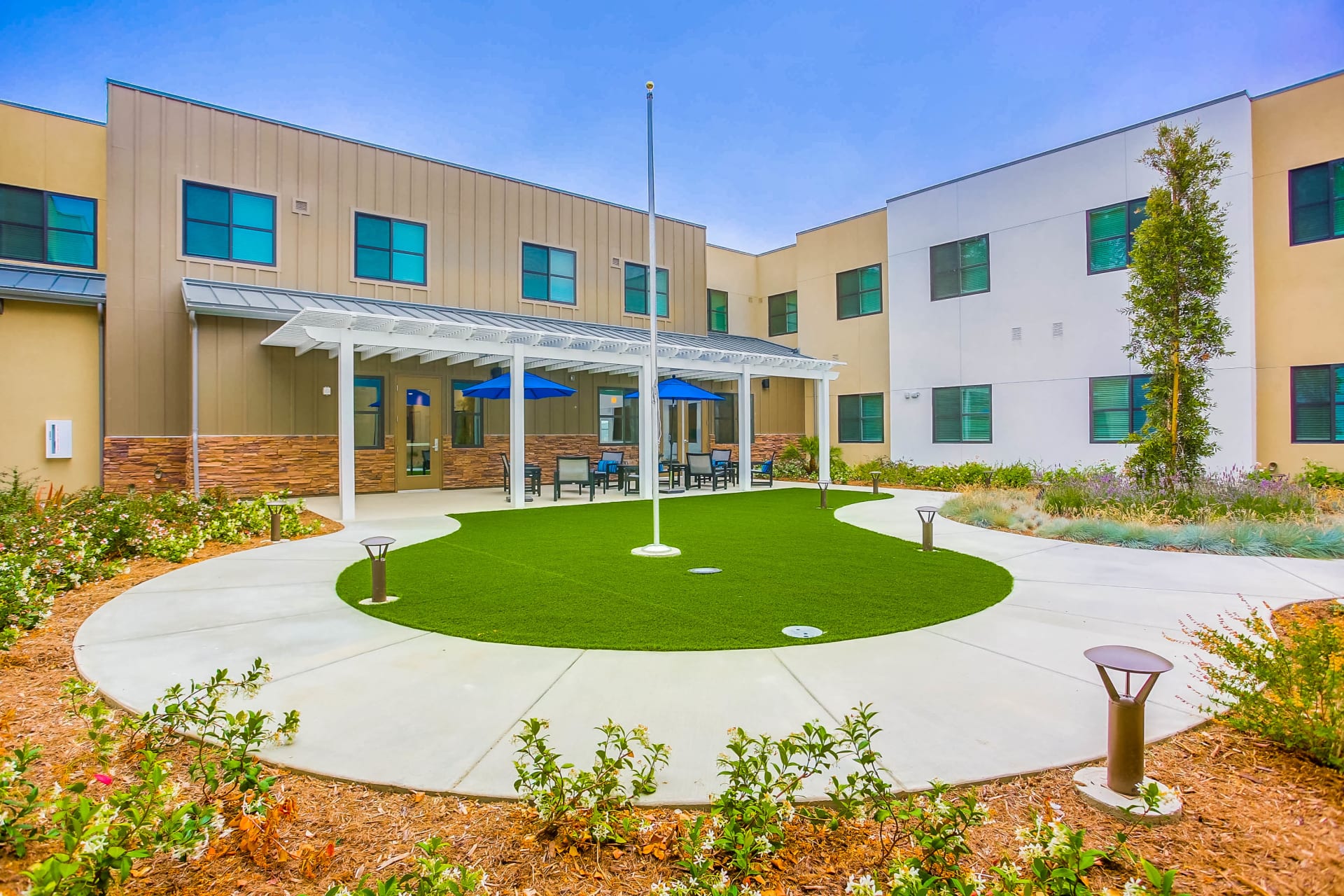
Compare Types of Senior Living Facilities Now
Explore the Best Types of Senior Living Facilities When it’s time to explore your next chapter, understanding the types of senior living facilities available can
Gain expert insights and practical tips to help seniors and their families navigate senior living with confidence.
Category: Activities

Explore the Best Types of Senior Living Facilities When it’s time to explore your next chapter, understanding the types of senior living facilities available can
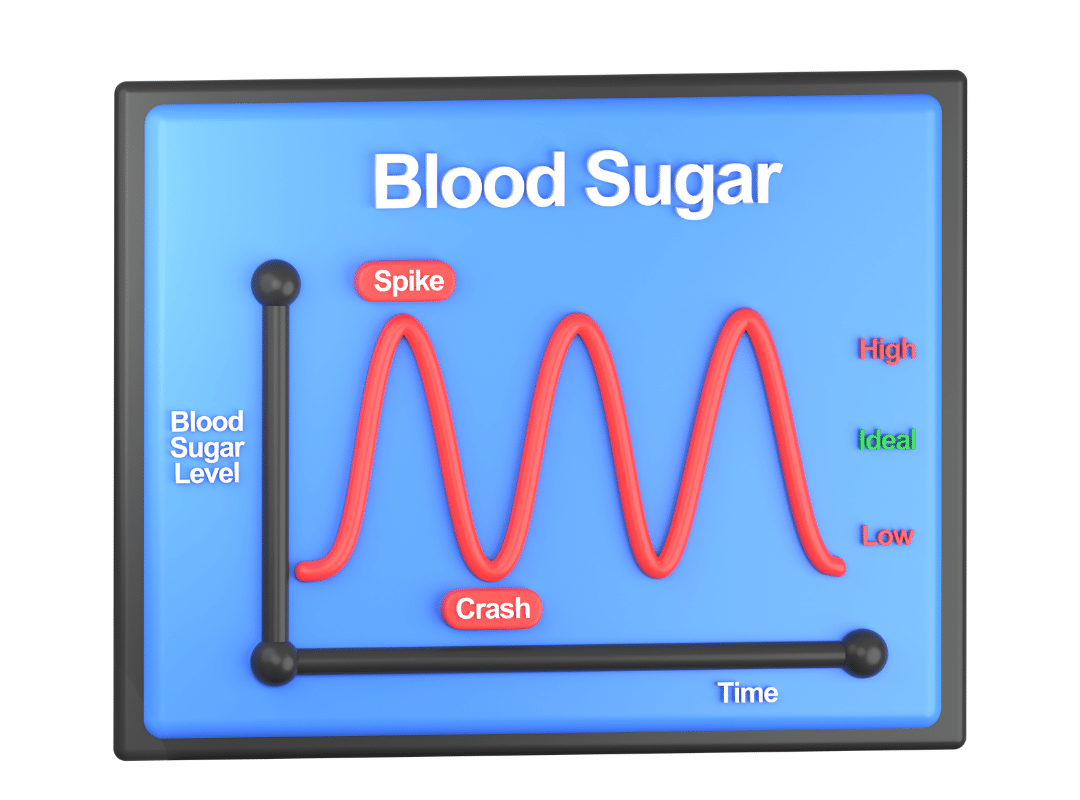
Elderly Blood Sugar Levels Chart: Your Health Guide As we age, keeping blood sugar in check becomes more than a recommendation—it becomes a necessity. For

Discover Independent Living Activities for Seniors At Westmont of Pinole in Pinole, CA, vibrant living isn’t just a phrase—it’s a way of life. Residents here
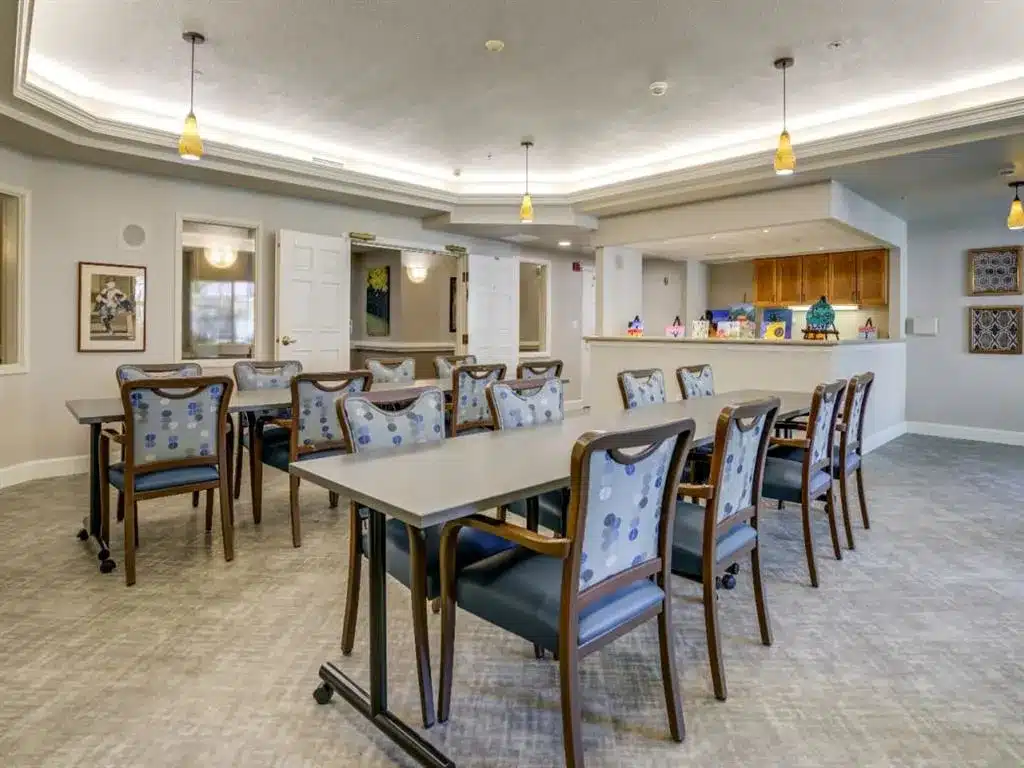
Discover How Much Is Independent Living for Seniors Moving to independent living is a significant life decision with exciting possibilities and critical financial considerations. Whether

Games for Elderly People That Spark Fun and Connection At The Oaks at Paso Robles, we believe that laughter, connection, and mental sharpness shouldn’t fade

10 Tips for Healthy Aging Today As you explore 10 tips for healthy aging by Westmont of Carmel Valley, it’s essential to make intentional health

Top Assisted Living Activities for Joyful Living Participating in assisted living activities is essential to living a happy, connected, and purposeful life. At Westmont of

Understanding the 5 Levels of Care in Assisted Living Choosing the proper care plan can feel overwhelming, but understanding the five levels of care in

Music for Elderly People That Sparks Joy and Memories Music has the unique power to stir emotions, awaken memories, and create connections—especially for older adults.

Explore Active Senior Communities That Match Your Lifestyle Finding the perfect fit in active senior communities means discovering where your lifestyle, values, and interests thrive.
Discover the level of care you or your family member requires.
Popular Blogs
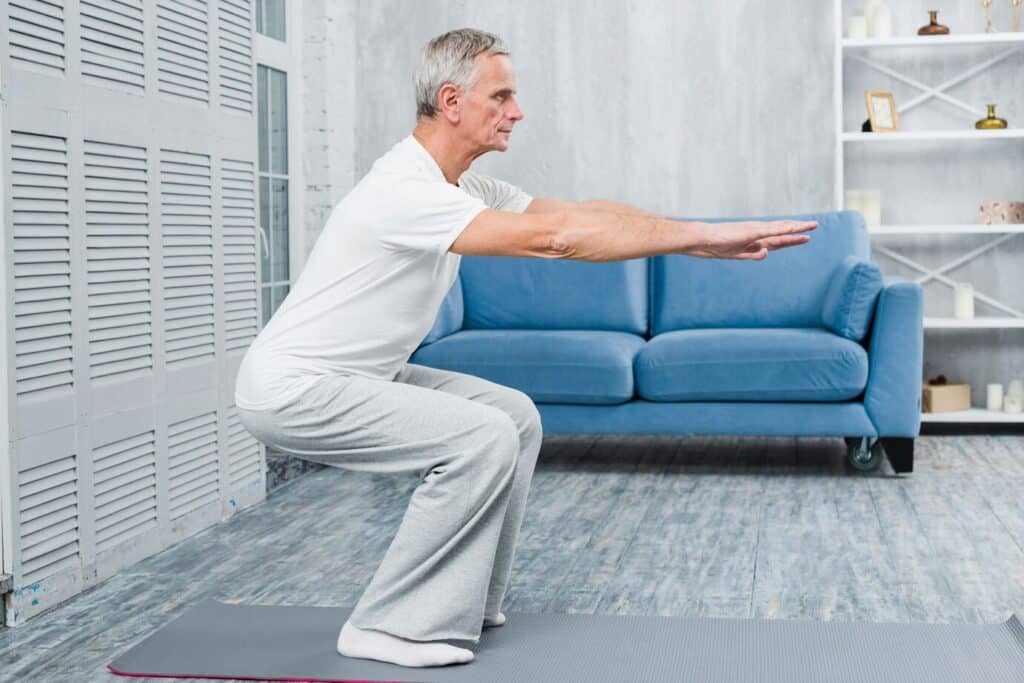

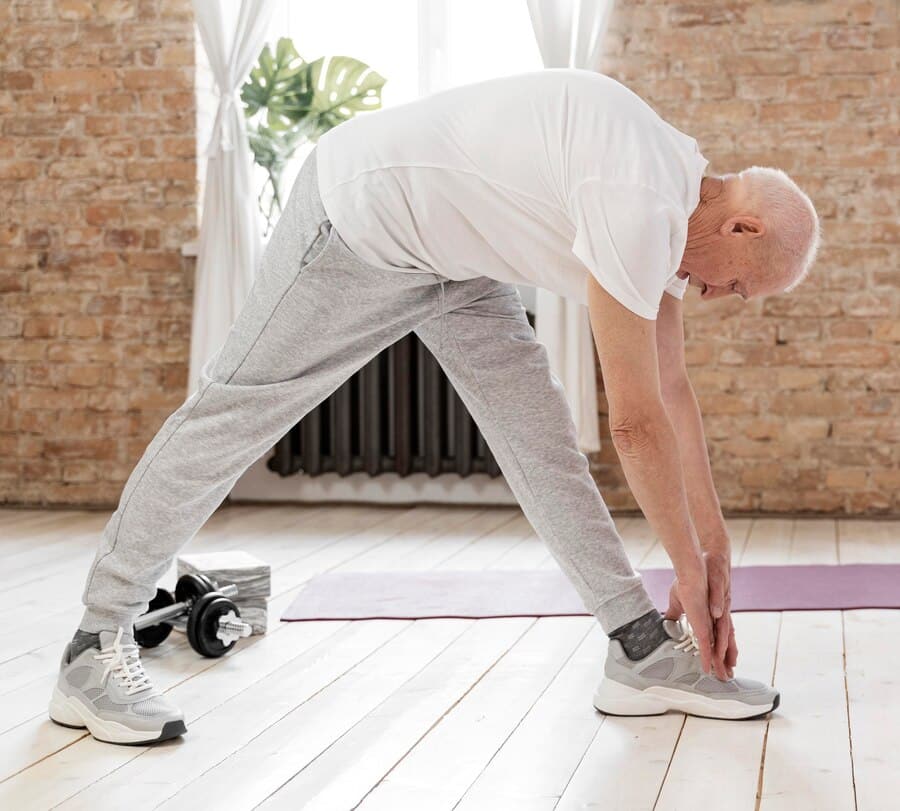


Find out if you or your loved one’s current lifestyle is best suited for long, healthy aging.
Each of our communities across California and Oregon offers a unique blend of activities, connection, and wellness.
Embrace a lifestyle where your interests and independence are celebrated every day.
9000 Murray Drive La Mesa, CA 91942
Luxury redefined in a resort-style setting, tailored for dynamic senior living experiences.
190 Via Jero, Goleta, CA 93117
Where warmth meets care, curating an inviting senior living experience.
17050 Arnold Drive Riverside, CA 92518
A harmonious blend of belonging, independence, and enriching senior lifestyles.
All Rights Reserved. Powered by ConversionFormula.
Pick a Westmont community to explore and schedule your personal walkthrough!
Make yourself at home where a happy, healthy lifestyle goes hand-in-hand with your personal fulfillment, enrichment, and growth.
Answer a few quick questions to unlock the exciting future senior living can offer!